Introduction
The panorama of Indian art history is as vast and varied as the country itself, encompassing a multitude of expressions across millennia that chronicle the evolution of its cultural and historical narratives. Indian paintings, in particular, stand as vibrant testaments to the rich tapestry of India’s past, offering insights into the spiritual, social, and philosophical underpinnings of its many eras. From the enigmatic rock art of prehistoric times to the sophisticated digital galleries of today, these visual narratives serve as a window into the soul of India, illustrating the myriad influences that have shaped its identity. This article aims to embark on a journey through the evolution of historical Indian paintings, exploring the techniques, themes, and significance that have defined this art form through various periods in Indian history.
The Dawn of Art – Prehistoric Paintings
Overview of Prehistoric Rock Art in India
The genesis of Indian painting can be traced back to the prehistoric rock art found across the country. These ancient artworks, etched into the heart of stone, mark the earliest attempts by humans to communicate and document their existence.
Significance of the Bhimbetka Rock Shelters and Other Notable Sites
The Bhimbetka rock shelters, nestled within the rugged terrains of Madhya Pradesh, are a UNESCO World Heritage site recognized for their archaeological significance. These shelters house an extensive collection of prehistoric cave paintings that date back to the Upper Paleolithic era. The rock art at Bhimbetka and other significant sites like the rock shelters of Chhattisgarh and the painted rocks of Karnataka provide invaluable insights into the lives of our ancestors.
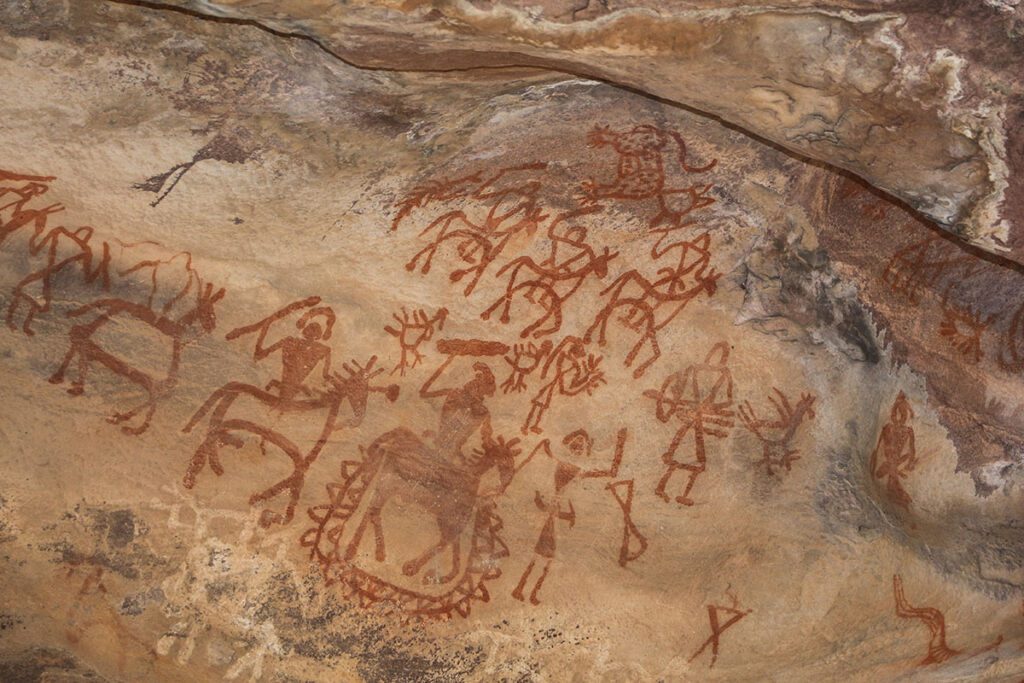
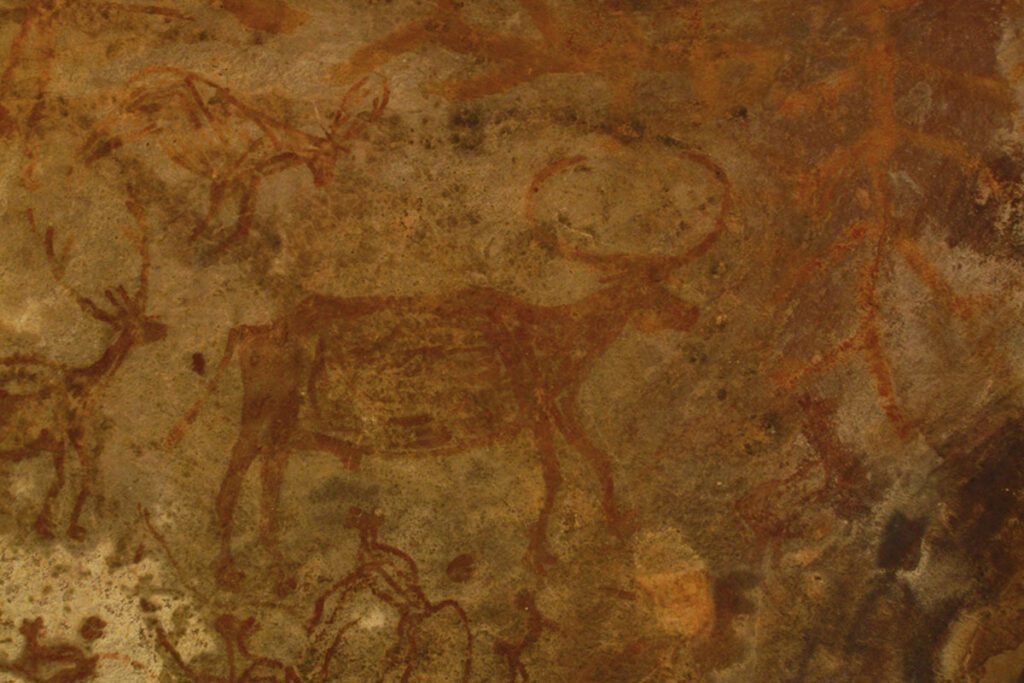
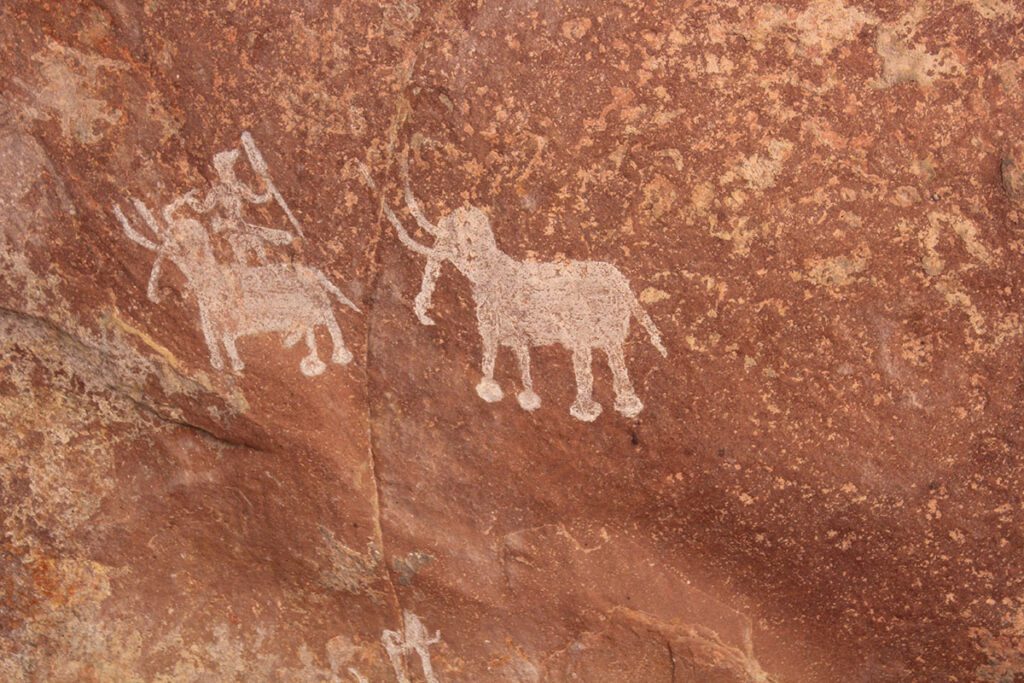
with a Man Standing on One Elephant’s |
Back; Arian Zwegers, Bhopal, Madhya |
Pradesh, India; c. 2012; Wikimedia |
Commons
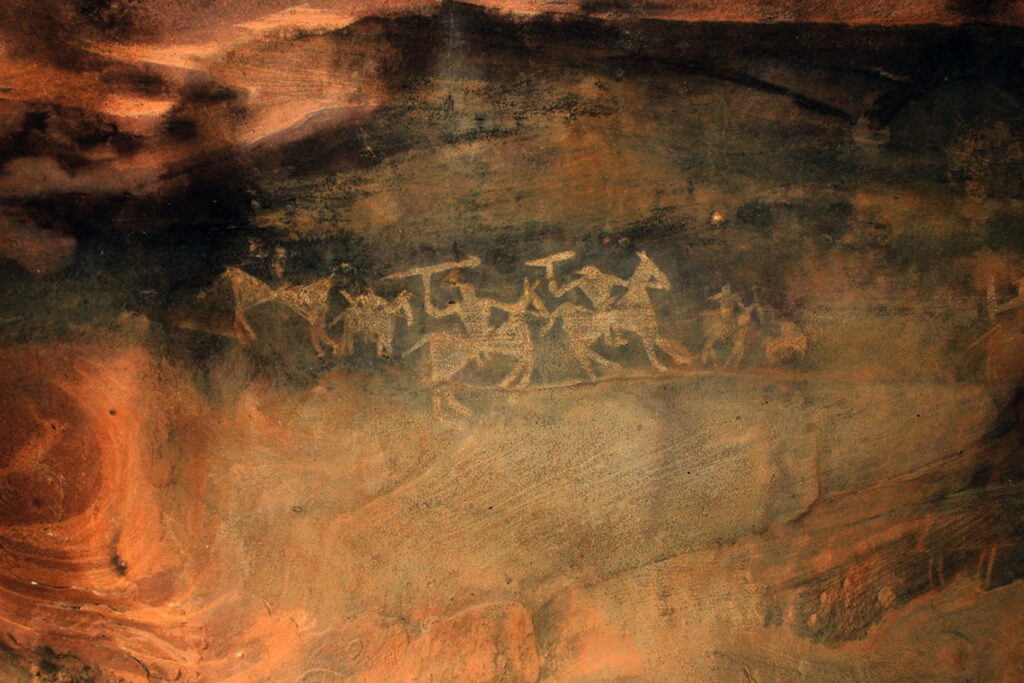
Analysis of Themes, Techniques, and Materials Used in Prehistoric Art
The prehistoric paintings of India are characterized by their vivid depiction of daily life, rituals, and fauna. These artworks utilized natural pigments derived from minerals, plant sources, and animal fat to create a spectrum of colors that have withstood the test of time. The techniques employed in these paintings, from simple line drawings to more complex geometric patterns and scenes of hunting and dancing, reveal a sophisticated understanding of artistry that laid the foundation for future artistic endeavors in the Indian subcontinent.
Insights from Archaeological Discoveries and Their Implications on Our Understanding of Early Human Life
Archaeological studies of these prehistoric sites have significantly enhanced our understanding of early human life, social organization, and interaction with the natural world. The themes depicted in these paintings, ranging from animal hunts to group dances and symbolic representations, indicate a rich cultural and spiritual life among prehistoric communities in India.
List of Notable Artworks:
- Bhimbetka Rock Paintings: Among the most famous are the depictions of bison, elephants, tigers, and human figures engaged in hunting, dancing, and riding animals.
- Chhattisgarh Rock Art: Notable for its depictions of rituals, animals, and everyday life scenes.
- Karnataka Rock Art: Includes unique geometric patterns and symbolic representations that hint at an early form of spiritual or ritualistic expression.
These artworks not only mark the beginning of artistic expression in India but also serve as a bridge connecting us to our distant ancestors, providing a glimpse into their lives and perspectives.
The Classical Canvas – Murals and Frescoes
Exploration of Mural Paintings in Ancient India
Ancient India’s mural tradition represents a significant chapter in the country’s art history, offering a canvas that blends religious narrative with artistic excellence. These murals, found in ancient temples, caves, and ruins, not only illustrate the technical prowess of Indian artists but also serve as a conduit for spiritual and mythological discourse.
Focus on Ajanta and Ellora Caves: Narratives and Iconography
The Ajanta and Ellora caves stand as monumental testaments to the mural painting tradition in India. The Ajanta caves, dating from the 2nd century BCE to about 480 CE, house Buddhist religious art that illustrates the Buddha’s life and Jataka tales. These paintings are renowned for their expressive portrayal of emotion, intricate detail, and vibrant colors. Ellora, with its confluence of Buddhist, Hindu, and Jain monuments from the 600-1000 CE period, showcases a diverse range of themes from various Indian religious texts.
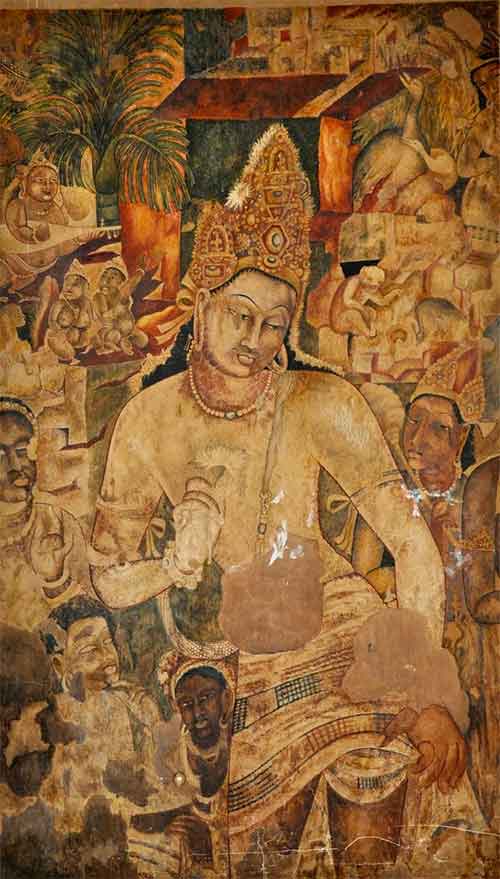
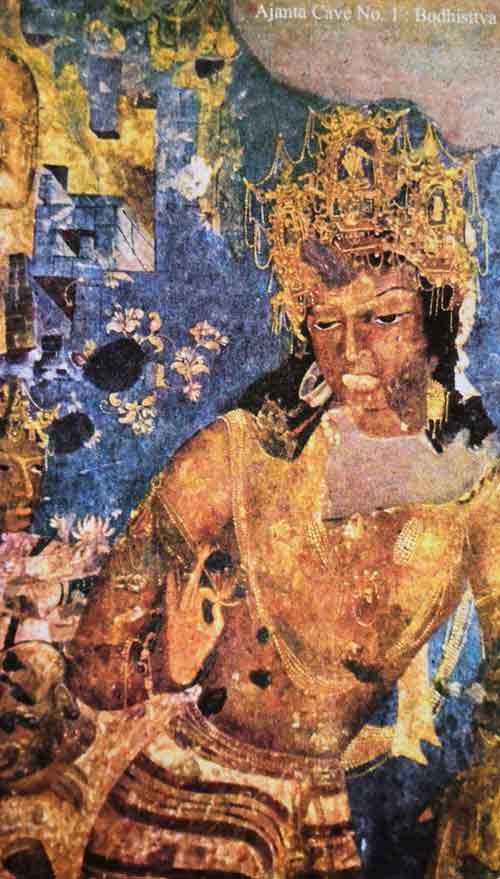

By <a href=”//commons.wikimedia.org/wiki/User:Vasukrishnan57″ title=”User:Vasukrishnan57″>Vasukrishnan57</a> – <span class=”int-own-work” lang=”en”>Own work</span>, CC BY-SA 4.0, Link
Techniques and Colors: The Science Behind Ancient Mural Preservation
The ancient murals of India utilized organic pigments and minerals, applying them onto wet plaster, a technique known as fresco. This method ensured the longevity of the artworks, allowing the colors to remain vibrant over centuries. Modern scientific analyses have revealed the complexity of these ancient recipes and methods, underscoring the sophistication of early Indian artists in material science.
The Role of Religion and Literature in Shaping Mural Art
Religion and literature have played pivotal roles in shaping the content and themes of Indian murals. The narratives depicted in these murals are deeply intertwined with the philosophical and spiritual teachings of Buddhism, Hinduism, and Jainism. Literary works, including epics like the Mahabharata and Ramayana, have also served as rich sources of inspiration, providing artists with a vast repertoire of stories and characters to depict.
List of Notable Artworks:
- Padmapani and Vajrapani, Ajanta Caves: These two figures, representing the Bodhisattvas of compassion and power, respectively, are exemplary of the spiritual depth and artistic finesse found in Ajanta’s murals.
- The Marriage of Shiva and Parvati, Ellora Cave 21 (Rameshvara): This mural captures the divine union with a richness of detail and emotion, showcasing the influence of Hindu mythology.
- Jain Tirthankara Parshvanatha, Ellora Cave 32 (Indra Sabha): Illustrates the serene and ascetic ideals of Jainism through the depiction of Parshvanatha, the 23rd Tirthankara, surrounded by attendants.
Through these ancient murals, we witness a fusion of art and faith, where every brushstroke and color choice serves to elevate the divine and the mythological, embedding them in the cultural fabric of India. The preservation of these murals not only speaks to the technical ingenuity of ancient artists but also ensures that future generations can continue to draw inspiration and knowledge from these classical masterpieces.
Miniatures and Manuscripts – The Intricacies of Courtly Life
The Emergence of Miniature Painting: Mughal, Pahari, Rajput, and Deccani Schools
The tradition of miniature painting in India offers a glimpse into the opulent courtly life, intricate political narratives, and rich cultural tapestry spanning various regions and dynasties. Miniature paintings, characterized by their meticulous detail, vibrant colors, and elaborate themes, flourished under the patronage of the Mughal emperors, subsequently branching into the Pahari, Rajput, and Deccani schools, each with its distinct style and thematic preferences.
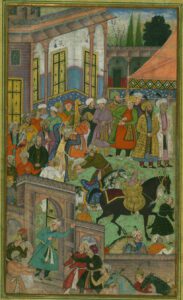
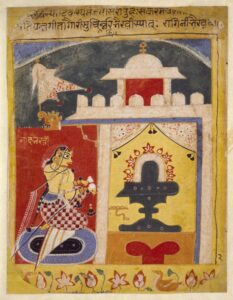
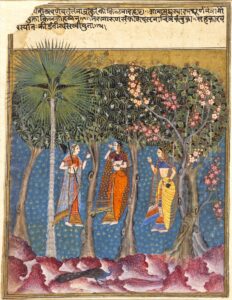
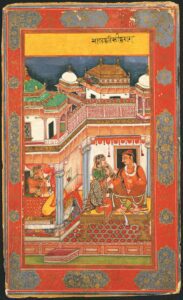

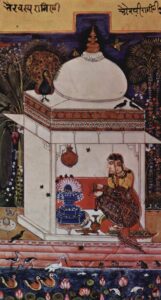
Techniques, Themes, and Evolution of Miniature Painting Under Various Dynasties
Miniature painting underwent significant evolution in technique and theme from its inception during the Mughal era to its diversification across the Pahari, Rajput, and Deccani courts. Mughal miniatures are renowned for their realism, precise brushwork, and elaborate portrayal of courtly scenes, while Rajput and Pahari schools emphasized themes of devotion and valor, incorporating more vibrant palettes and expressive figures. Deccani miniatures, on the other hand, are distinguished by their surreal landscapes and unique iconography, reflecting a blend of indigenous and Persian influences.
Case Studies of Notable Miniatures and Their Historical Context
- Baburnama: Commissioned by Mughal Emperor Akbar, this illustrated manuscript chronicles the life of his grandfather Babur, showcasing the early mastery of narrative storytelling in Mughal art.
- Ragamala Paintings: A series of Pahari and Rajput miniatures depicting various classical ragas of Indian music. These paintings are a testament to the synesthetic experience of music, poetry, and visual art.
- Golconda Miniatures: Characterized by their distinctive use of vibrant colors and depiction of mystical themes, these Deccani miniatures offer insight into the rich cultural intermingling in the Deccan region.
Colonial Impressions – Company Paintings and Beyond
Art in the Colonial Era: Company Paintings as a Blend of Indian and European Styles
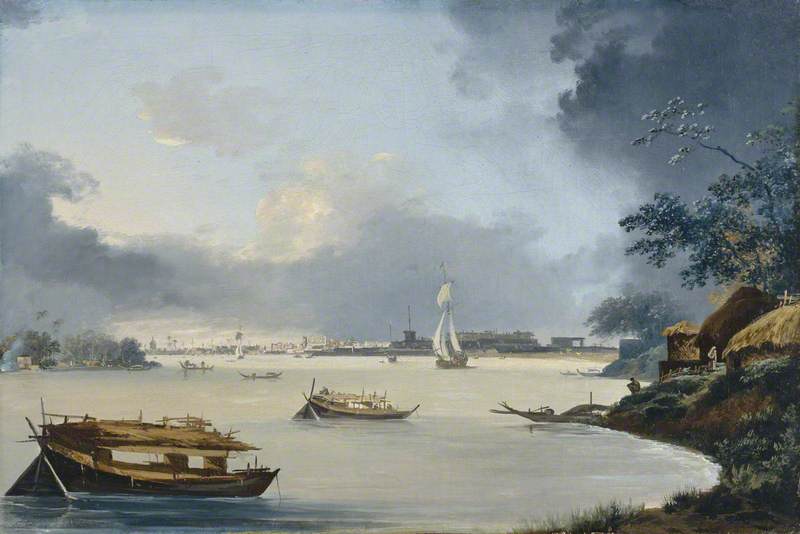
The colonial era introduced Company paintings, a unique genre that emerged as Indian artists began to produce works for European patrons associated with the British East India Company. This style blended traditional Indian techniques with European perspectives, creating a fascinating fusion that reflected the complex cultural exchanges of the colonial period.
Influence of Colonial Rule on Indian Art: Changes in Themes, Patronage, and Techniques
Colonial rule significantly impacted the themes, patronage, and techniques of Indian art. As the traditional patronage system under royal courts waned, artists adapted to new tastes and demands, leading to shifts in subject matter from religious and courtly scenes to more secular, historical, and personal subjects. The introduction of European art techniques also encouraged experimentation with perspective, realism, and portrait painting.
Transition to Modernity: The Bengal School and its Legacy
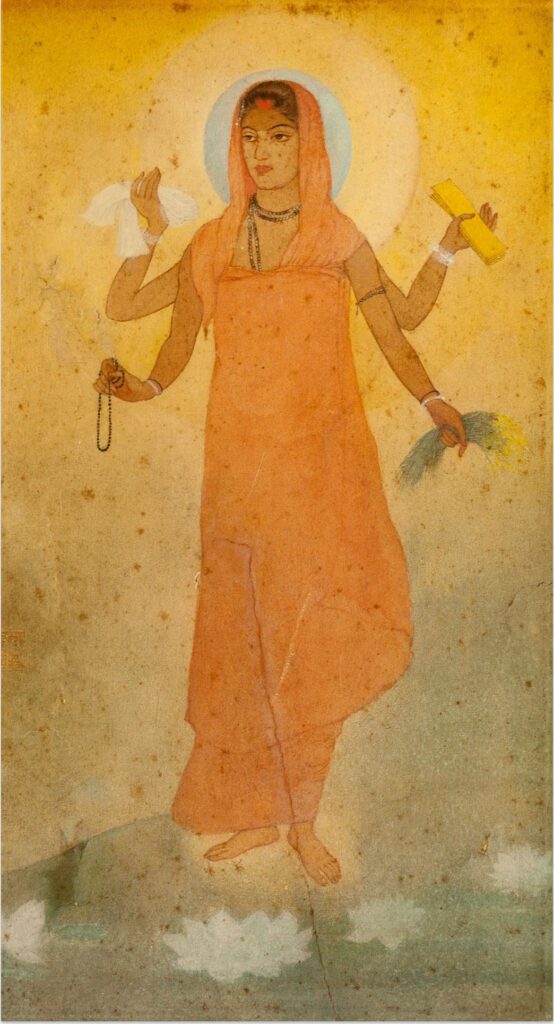
The Bengal School of Art emerged as a nationalist movement against the dominant academic art styles promoted by colonial institutions. Pioneered by Abanindranath Tagore, the Bengal School sought to revive and modernize traditional Indian artistic styles and themes, focusing on spiritual and mythological subjects. This movement laid the groundwork for the development of modern Indian art, influencing generations of artists to explore and redefine Indian identity through their work.
List of Notable Artworks
- “Lady with a Parrot”: An emblematic Company painting that showcases the fusion of Indian motifs with European portrait techniques, illustrating the complexity of cultural exchange during the colonial period.
- “View of Calcutta” by William Hodges: A landscape painting that represents Calcutta in the 18th century through European eyes, offering insight into the colonial urban landscape.
- “Bengal School’s ‘Bharat Mata’ by Abanindranath Tagore”: Symbolizing India as a mother goddess, this work is pivotal to understanding the nationalist sentiments in art against the backdrop of colonial rule.
Modern Movements and Contemporary Creations
Overview of Modern Indian Art Movements: Progressive Artists’ Group and Others
The transition to the 20th century heralded new vistas in Indian art with the emergence of modern movements that sought to break free from traditional and colonial artistic constraints. The Progressive Artists’ Group (PAG), founded in 1947, played a pivotal role in this transformation. Artists like M.F. Husain, S.H. Raza, F.N. Souza, and others pushed the boundaries of Indian art, introducing abstract forms, bold experimentation with color, and thematic diversity that ranged from social issues to abstract concepts.
Key Figures in Modern Indian Painting and Their Contributions
The foray into modernism in Indian painting is marked by the contributions of several key figures:
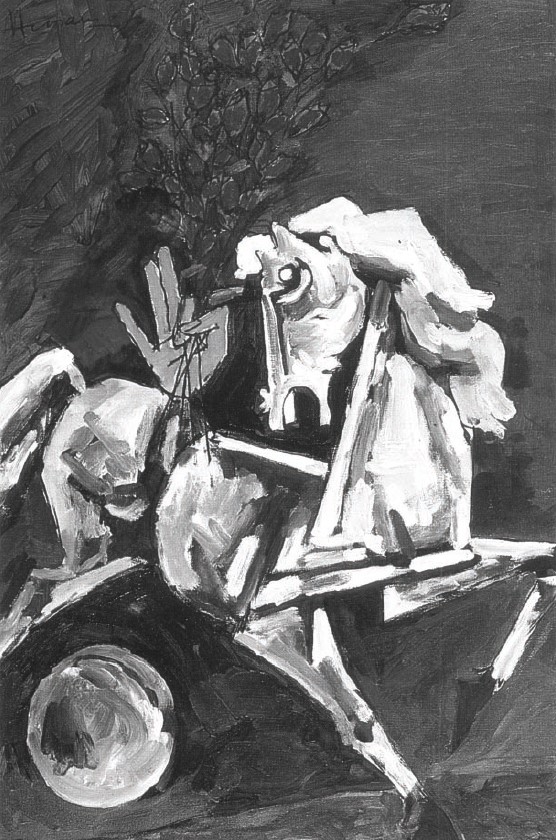
- M.F. Husain: Often called the ‘Picasso of India,’ Husain’s work is characterized by its vibrant energy, bold colors, and themes that traverse from the epic Mahabharata to the bustling streets of Mumbai.
- S.H. Raza: Raza’s paintings are noted for their deep engagement with metaphysical themes and the use of geometric patterns to represent the profound mysteries of life.
- F.N. Souza: A founding member of the PAG, Souza’s art is marked by its expressive intensity and bold, often controversial themes that critique society, religion, and sexuality.
The Contemporary Scene: Fusion of Traditional and Modern, with Highlights of Notable Artists and Their Works
In contemporary times, Indian art continues to evolve, incorporating global trends while remaining deeply rooted in local traditions and themes. Artists like Anish Kapoor, known for his monumental sculptures and installations, and Atul Dodiya, whose work seamlessly blends pop culture with traditional Indian art forms, exemplify the dynamic and diverse nature of current Indian art. Their works reflect a synthesis of the traditional and the modern, highlighting the ongoing dialogue between India’s rich artistic heritage and contemporary global practices.
Notable Contemporary Artworks:
- “My Motherland” by Atul Dodiya: A poignant series that combines elements of traditional Indian art with modernist techniques to explore themes of history, memory, and identity.
- “Cloud Gate” by Anish Kapoor: Though located in Chicago, this iconic work by a British-Indian artist reflects the global impact of contemporary Indian art, showcasing Kapoor’s fascination with form, space, and perception.
Scientific Insight – The Analysis and Preservation of Indian Paintings
The preservation and analysis of Indian paintings have benefited greatly from advances in scientific techniques, enabling a deeper understanding of the materials, methodologies, and cultural contexts of various artworks through the ages.
The Role of Scientific Analysis in Understanding and Preserving Indian Paintings
Scientific analysis has become an integral part of conserving Indian art, allowing conservators to identify the pigments, binders, and techniques used by artists across different periods. Techniques such as X-ray fluorescence (XRF), infrared spectroscopy, and radiocarbon dating have provided insights into the age of artworks, the geographical origins of materials, and the methods employed by artists, thereby facilitating more effective preservation strategies.
Techniques and Technologies: From Pigment Analysis to Digital Restoration
Pigment analysis has revealed the extensive palette used by Indian artists, including minerals like lapis lazuli for blue hues, malachite for greens, and ochres for yellows and reds. Understanding these materials has been crucial for restoration efforts, ensuring that interventions are compatible with the original materials. Additionally, digital restoration and 3D scanning technologies have enabled the virtual reconstruction of damaged or faded artworks, allowing for a non-invasive means to visualize artworks in their original splendor.
Case Studies of Successful Restoration Projects
- Ajanta Caves Restoration: The delicate frescoes of the Ajanta Caves have undergone extensive conservation efforts, involving the removal of harmful biological growths and the stabilization of pigments, ensuring that these ancient artworks continue to be admired for generations to come.
- Conservation of Mughal Miniatures: Advanced imaging techniques have been used to analyze and restore Mughal miniatures, revealing previously unseen details and colors that had faded over centuries.
- Digital Reconstruction of Colonial Era Paintings: Projects involving the digital reconstruction of Company paintings have allowed historians and the public to view these artworks in their intended detail and color, bridging the gap between historical techniques and contemporary viewing experiences.
The intersection of science and art history has opened new avenues for understanding the rich tapestry of Indian paintings. Through meticulous analysis and innovative restoration techniques, the legacy of Indian art is preserved, offering future generations a window into the country’s vibrant cultural heritage.
Beyond the Frame – Virtual Tours and Digital Galleries
The digital age has ushered in new possibilities for accessing, experiencing, and preserving Indian paintings. Virtual tours and digital galleries have become crucial tools in democratizing art access, allowing enthusiasts from around the globe to explore India’s artistic heritage from the comfort of their homes.
Leveraging Technology to Access and Explore Indian Paintings
Institutions across India and abroad have begun to digitize their collections, offering virtual tours that provide detailed views of artworks, often accompanied by extensive scholarly commentary. These digital platforms allow users to zoom in on fine details of paintings, offering insights into the artists’ techniques and the narratives depicted.
Highlighting Platforms and Institutions Offering Virtual Tours and Digital Archives
- Google Arts & Culture: Collaborating with various Indian museums, this platform offers immersive online experiences, showcasing high-resolution images of artworks from different periods of Indian art history.
- National Museum, New Delhi: Offers virtual tours of its galleries, including its famed collection of miniature paintings, allowing viewers to explore the richness of Indian painting traditions.
- Sarmaya Arts Foundation: Utilizes digital galleries to tell the stories of India through art, maps, photographs, and textiles, focusing on engaging narratives and the historical context of their collection.
The Future of Art Preservation and Education in the Digital Age
The integration of augmented reality (AR) and virtual reality (VR) technologies promises to transform how we interact with art. Educational programs are increasingly incorporating these digital tools, offering immersive experiences that can simulate visiting a museum or walking through historical sites. This not only enhances learning but also ensures that the preservation of art can include digital preservation, creating archives that can withstand the test of time.
The potential for digital technologies in art education and preservation is vast, offering new ways to engage with and understand the cultural heritage of India. As these technologies evolve, they will undoubtedly play a pivotal role in ensuring that the legacy of Indian paintings is accessible to all, transcending geographical and temporal boundaries.
Engaging with Art – Workshops, Exhibitions, and Education
The engagement with Indian paintings extends beyond passive viewing to active participation through workshops, exhibitions, and educational initiatives. These platforms offer hands-on experiences and deeper insights into the art-making process, fostering a closer connection between the public and India’s rich artistic traditions.
Guide to Engaging with Historical Indian Paintings: Museums, Exhibitions, and Online Resources
Museums across India, such as the National Gallery of Modern Art and the Dr. Bhau Daji Lad Mumbai City Museum, regularly host exhibitions featuring historical and contemporary Indian art. These exhibitions are often accompanied by workshops and interactive sessions designed to engage audiences of all ages.
Educational Programs and Workshops for Those Interested in Learning About Art History and Techniques
Art institutions and academies offer courses and workshops in traditional and contemporary painting techniques, art history, and criticism. These programs are designed to inspire new generations of artists and art historians, ensuring the continued evolution and appreciation of Indian painting traditions.
How Contemporary Artists are Drawing Inspiration from Historical Paintings
Contemporary Indian artists often draw inspiration from historical themes, techniques, and iconography, reinterpreting them to reflect contemporary issues and perspectives. By engaging with the past, they create works that dialogue with India’s rich heritage while addressing modern narratives and challenges.
The initiatives to engage the public with Indian painting—through digital platforms, educational programs, and exhibitions—highlight the dynamic and evolving nature of this art form. As we look to the future, the continued interaction between historical practices and contemporary perspectives promises to enrich the tapestry of Indian art for years to come.
As we conclude this exploration of Indian paintings, from their earliest expressions to the digital frontiers of today, it’s clear that this art form is not static. It is a living, breathing testament to India’s enduring spirit of innovation, resilience, and profound artistic sensibility. Encouraging readers to explore Indian art firsthand through museums, digital platforms, and academic study, we can all contribute to the preservation and appreciation of this invaluable cultural legacy.

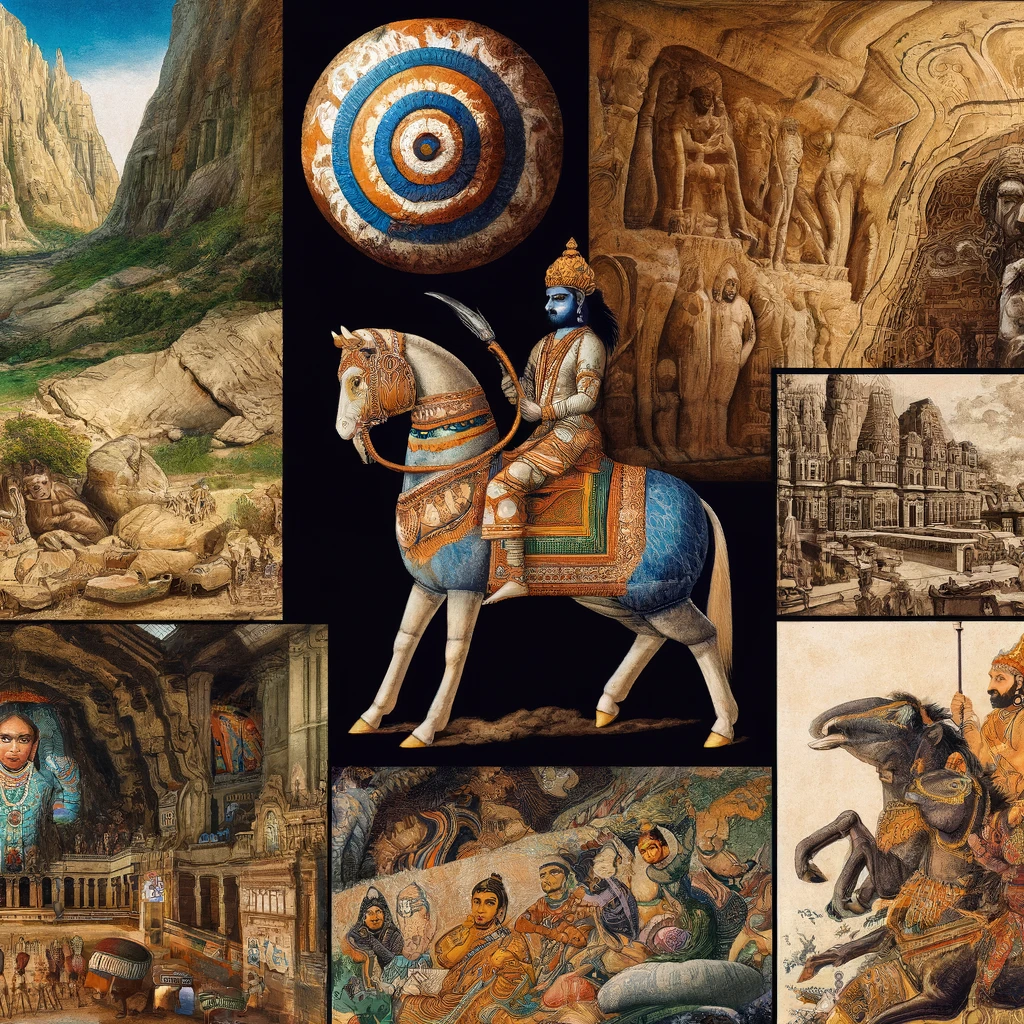
Pingback: 10 Amrita Sher-Gil Paintings That Changed Indian Art Forever - Planet of Disobedients